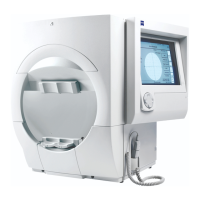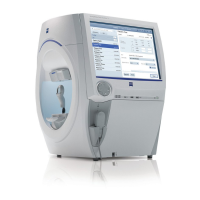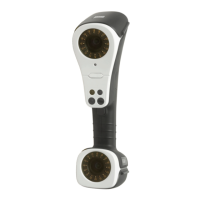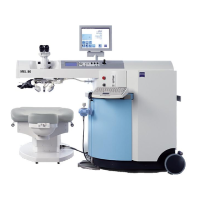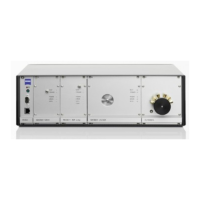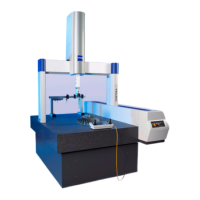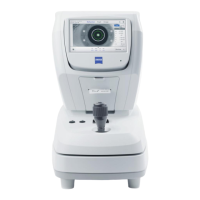Humphrey Field Analyzer II-
i
series User Manual 2660021145640 A
Testing
5-3
END DEMO, the pop-up window will disappear after one minute. The test will begin, immediately
after the pop-up window disappears.
Note: The Demo test runs only after the Foveal Threshold is determined and Gaze Tracking
initialization is complete (if utilizing either of these features).
Test Other Eye
This button allows you to switch to the Start of Test scre
en for the other eye. You will be allowed to
add or change patient data at this time.
Internal Diagnostic Alert
Frequently, after selecting START or TEST OTHER EYE, the message
“Please Wa
it... Preparing Instrument For Test” appears on the screen.
This is a normal function of your instrument. The HFA II-
i
is performing
a short, self-diagnostic check prior to beginning the test.
Monitoring and Maintaining the Patient’s Eye Position
Video Eye Monitor
Proper positioning of a patient’s test eye throughout th
e test process is crucial to obtaining good
test results. To aid in accomplishing this task, all HFA II-
i
models feature a video eye monitor. This
monitor, which is automatically visible on the Start of Test screen, enables you to view the patient’s
test eye during testing to verify that the patient is fixating properly. As is shown above in the screen
illustration, when the eye is centered properly, a “cross” or “plus sign” is visible in the middle of the
patient’s pupil on the screen of the HFA II-
i
.
Use the video eye monitor to:
• Position the test eye in the center of the trial lens holder.
• Monitor the patient during testing.
Although your HFA II-
i
has a number of features described in this chapter to help monitor and
maintain the patient’s fixation, it is still important to verify the fixation by viewing the eye in the
video eye monitor. Staying with the patient and visually monitoring fixation will help create a more
reliable test result. Observing the patient during the test and recording information about fixation is
important for validating the test results.
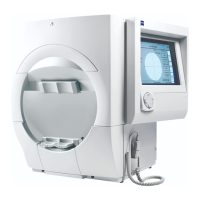
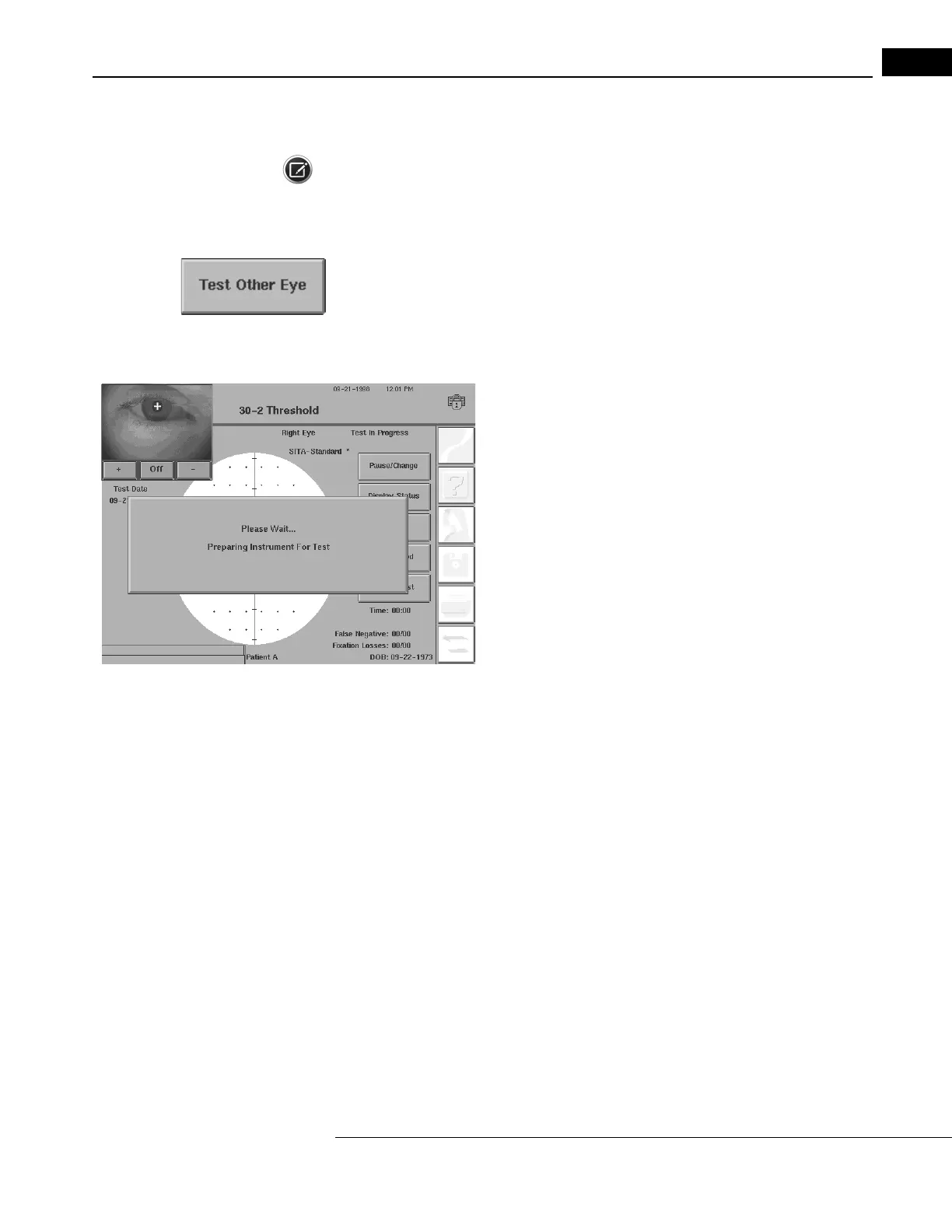